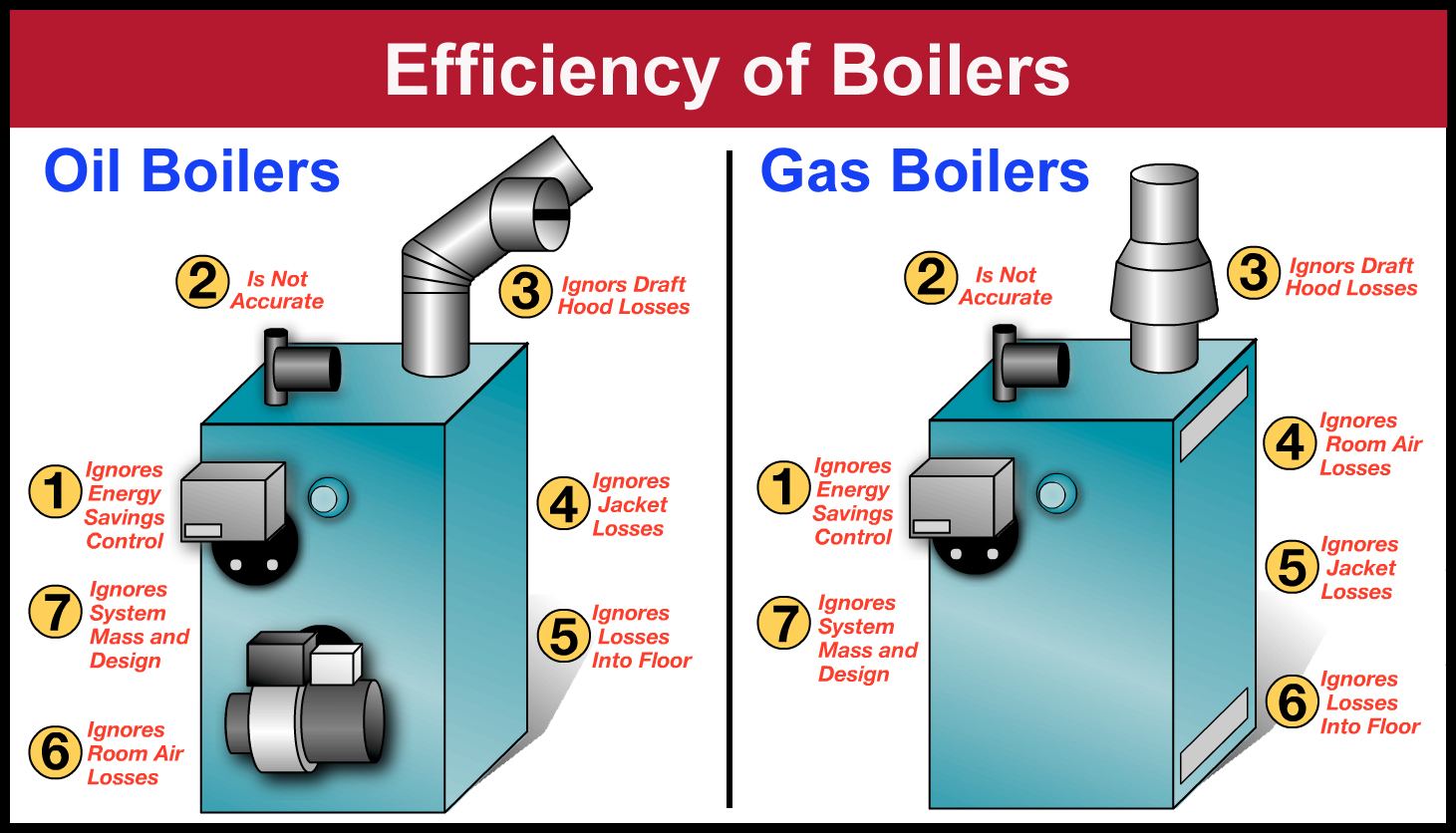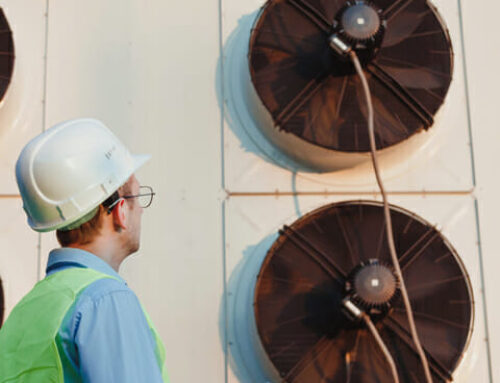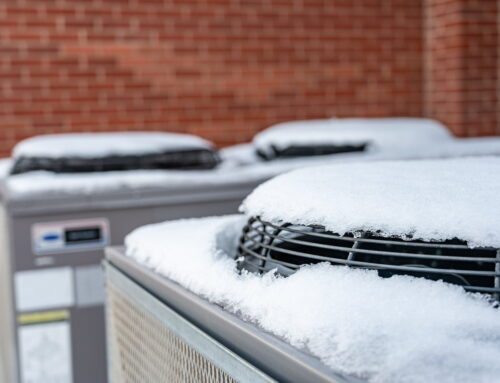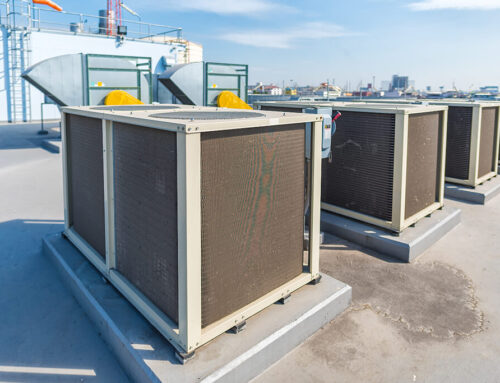Tired of your gas boiler guzzling energy like a thirsty elephant for home and water heating? You’re not alone. Many homeowners are in the same boat, facing hefty bills and inefficient heating systems, including outdated furnaces and gas boilers, considering the switch to new, modern boilers. But there’s good news: optimizing your home heating and hot water systems for energy efficiency, including boilers and furnaces, is within reach. Simple tweaks to furnaces and hot water systems can transform your clunky old system into a lean, mean heating machine that saves you money with significant energy savings while keeping toes toasty. Let’s dive into how significant energy savings can be less of a dream and more of your reality with the right product study.
Understanding Boiler Efficiency Ratings
AFUE Explained
Annual Fuel Utilization Efficiency, or AFUE, measures a boiler’s efficiency in converting fuel to heat by assessing combustion and flue gas losses. It shows how much fuel, through combustion in high-efficiency furnaces, becomes heat to meet your home’s heating load. The higher the AFUE rating, the more efficient the boiler at converting combustion heat energy to meet the heating load.
A good AFUE rating means less fuel waste. Think of it like a car’s miles per gallon (MPG). A car with high MPG uses less gas to travel far. Similarly, boilers and furnaces with high AFUE ratings use less fuel or electricity to heat your home.
Efficiency Levels
Boilers have different efficiency levels. Standard furnace models typically offer lower AFUE ratings, indicating less heat energy conversion efficiency, than high-efficiency ones.
Standard boilers, like furnaces, may have an efficiency rating around 80% to 85%, converting heat energy with some loss to vapour and moisture. This means furnaces convert up to 85% of their fuel into heat, according to the study. High-efficiency boilers can exceed 90%. Some reach up to 98%.
The gap between standard and high-efficiency furnaces may seem small. But it makes a big difference in furnace energy costs and environmental impact over the process time.
Energy Costs Impact
Efficiency ratings greatly affect energy costs. Higher-rated boilers and furnaces save money on bills because they use less fuel in the heating process.
Here is an example:
-
A standard boiler might cost $1,000 annually in gas.
-
A high-efficiency unit could reduce moisture in the process by about 15%.
-
That’s roughly $150 saved each year just by choosing a better model.
Always consider long-term savings when comparing options.
Types and Efficiency of Different Boilers
Condensing Boilers
Modern boilers have improved a lot in terms of energy efficiency and moisture processing. Condensing boilers are a prime example. They capture heat and moisture from exhaust gases that would be wasted in non-condensing boilers.
These units can achieve efficiencies up to 90% or higher. That’s because they convert more fuel into usable heat.
Non-Condensing Boilers
On the other hand, non-condensing boilers typically operate at lower efficiencies. They might reach around 60-80%. These older models lose more heat through the flue.
Non-condensing types are less expensive upfront but may cost more over time due to higher energy bills.
Electric Boilers
Electric boilers are known for their high efficiency levels, often near 100%. This is because they don’t waste heat through flues as gas and oil units do.
However, electricity can be an expensive heating source depending on your local rates. So while electric boilers use most of the energy they draw, operating costs can be high.
Gas and Oil Boilers
Gas and oil-fired boilers vary in efficiency. Older models generally have lower efficiency than modern ones equipped with advanced technology like modulating burners.
A modulating burner adjusts its flame size based on real-time heating demand which helps save fuel and improves overall boiler performance.
For instance, some newer gas boilers come with these burners and boast efficiencies above 85%.
Strategies for Improving Boiler Efficiency
Regular Maintenance
Regular check-ups are key. They keep boilers running smoothly. A well-maintained boiler uses less energy. This saves money and reduces emissions.
Maintenance includes checking for leaks or damage. Technicians also clean and replace parts as needed. These actions prevent energy loss from inefficiencies.
Insulation Upgrades
Insulation is crucial for heat retention in boilers, especially when dealing with moisture content in fuels like brown coal or rank coals. Poor insulation leads to heat escape, which means more fuel is needed to maintain temperature.
Upgrading insulation materials can help retain more heat within the system. It ensures that the energy produced by burning fuel isn’t wasted but used effectively to generate steam or hot water.
Economizers Installation
Economizers recover waste heat from flue gases, a smart move for improving efficiency. By preheating incoming feedwater, economizers reduce the need for extra heating energy.
Installing an economizer can be particularly beneficial when using fuels with high moisture content, such as moist lignite or other types of rank coal that require more energy to burn efficiently due to their moisture levels.
Boilers using these coals benefit greatly from economizers because they make use of otherwise lost thermal energy, optimizing overall performance and cutting down on excess fuel consumption.
-
Regular maintenance prevents unnecessary losses.
-
Upgraded insulation keeps heat where it belongs.
-
Economizers turn waste into valuable preheat.
Retrofitting and Replacing for Enhanced Efficiency
Retrofit vs. Replace
When your boiler shows signs of inefficiency, a decision must be made. Should you retrofit or replace? Retrofitting is often less costly and can significantly improve efficiency. It’s ideal when the boiler’s structure is sound but just needs an update in technology or components.
However, replacement becomes necessary when a boiler is too old, repairs are too frequent, or it’s not sized correctly for your building anymore. A new high-efficiency unit can offer significant energy savings, sometimes enough to justify the initial investment over time.
Modern Controls
Modern combustion control systems are at the heart of improving boiler energy efficiency. They precisely regulate air and fuel supply to achieve optimal combustion conditions. This results in:
-
Reduced fuel consumption
-
Lowered operating costs
-
Minimized waste of energy
Installing these controls can transform an outdated system into a more efficient one without replacing the entire unit.
Low-NOx Burners
Low-nitrogen oxide (low-NOx) burners reduce harmful emissions while also enhancing performance. These advanced burners:
-
Are essential for meeting emission regulations
-
Improve heat transfer
-
Lead to better overall efficiency
Maximizing Fuel Savings with Heat Recovery
Stack Economizers
Boiler systems can lose heat through exhaust gases. Stack economizers capture this waste heat. They use it to preheat cold water entering the boiler. This reduces the fuel energy needed for water heating.
Installing a stack economizer cuts down on energy consumption. It also lowers fuel bills significantly. Businesses often see a fast return on investment from these devices.
Blowdown Systems
Regular maintenance of boilers includes blowdown procedures. These remove impurities and prevent scale buildup, which can lead to inefficiencies.
Blowdown heat recovery systems take advantage of this necessary process by capturing the heat from hot water that’s drained away during blowdown and using it to preheat fresh water coming into the system.
This recycling of heat energy means less fossil fuel is burned in home heating or industrial furnaces, reducing both costs and environmental impact.
Condensate Return
Steam boilers produce condensate, which holds valuable thermal energy. By using condensate return systems, you can send this heated water back into your boiler instead of wasting it.
Returning hot condensate saves on both fuel bills and reduces heating load demand on your furnace or boiler system because less raw coal or other fuels are required to bring new water up to temperature.
A well-maintained condensate return system minimizes idle losses associated with combustion processes in furnaces by keeping more heat within the system itself rather than allowing it to escape as flue gas or radiant heating loss through poor insulation.
Boiler Controls and Energy Saving Techniques
Programmable Thermostats
Programmable thermostats are a key tool in managing the operation of heating systems. They allow you to set temperatures for different times of the day. This means your boiler works less when you’re away or asleep. Smart controls take this further. They learn your schedule and adjust heating without manual input.
By using these technologies, boilers maintain ideal room temperatures more efficiently. For instance, rather than heating an empty home, a thermostat can lower the temperature until you return.
Oxygen Trim Systems
Oxygen trim systems optimize combustion by adjusting the air-to-fuel ratio in real-time. This ensures that fuel burns effectively with minimal waste.
These systems measure oxygen levels in flue gases to fine-tune burner operation. Properly calibrated, they help maintain consistent water temperature and reduce excess vapour loss.
Variable Speed Drives
Variable speed drives (VSDs) control electric motors on pumps within hot water systems. Motors use only as much power as needed at any given time.
The benefits include:
-
Lower electricity consumption
-
Reduced wear on mechanical parts
-
Extended equipment lifespan
With VSDs, radiators receive thermal energy based on actual demand rather than constant full power supply.
Ensuring Efficient Boiler Sizing and Installation
Boiler Sizing
Correct sizing is key for a boiler’s operational efficiency. A size too small won’t meet the heating demand. Too large, and it wastes energy. Experts use calculations to find the right size.
They consider factors like building size and climate. For example, a larger home in a cold area needs a bigger boiler than a small apartment in a mild climate.
Professional Installation
A professional installation ensures your new boiler works well. Installers follow strict guidelines during setup. They make sure everything is connected correctly.
Professionals also test the system after installing it. This helps catch any issues early on, preventing future problems.
Commissioning Practices
Proper commissioning means checking all parts of the boiler are working as they should be before regular use begins. It involves tasks like verifying control settings and ensuring proper airflow.
Commissioning makes sure your boiler runs at peak efficiency from day one. This practice can extend its lifespan too, saving money over time.
Closing Thoughts
You’ve navigated the ins and outs of boiler efficiency, from understanding ratings to exploring various types and their efficiencies. Armed with strategies to boost performance, retrofitting tips, and savvy controls, you’re now equipped to turn your boiler into a paragon of energy thrift. It’s not just about saving pennies; it’s about maximizing every ounce of fuel for a greener footprint and a fuller wallet.
Don’t let this be just another read. Take action! Assess your boiler, implement the tweaks, and watch the savings roll in. Your journey towards an eco-friendlier home or business starts with that first step—make it count. If you’ve got questions or need a hand, reach out to a pro. Together, let’s crank up efficiency and dial down those bills!






